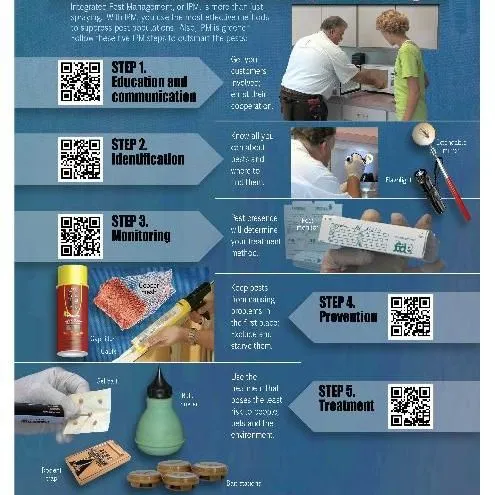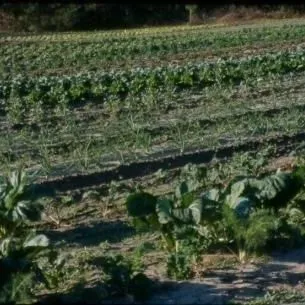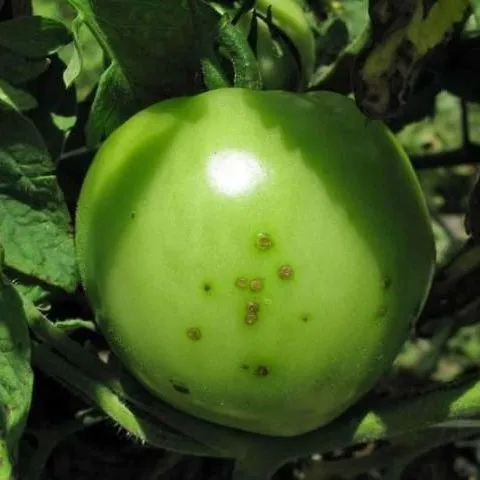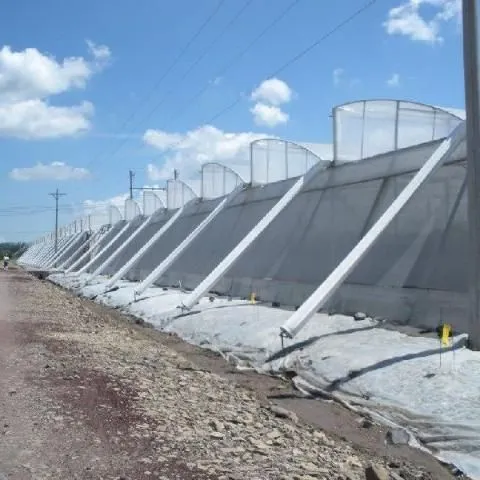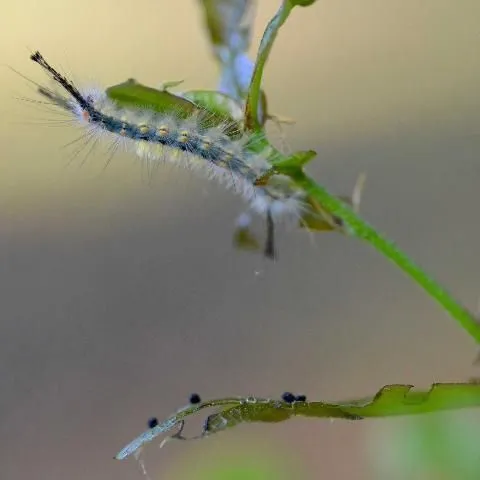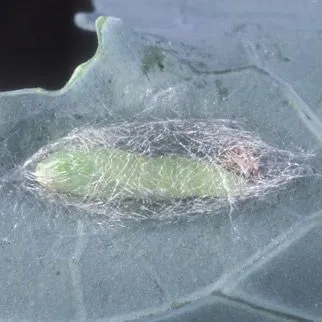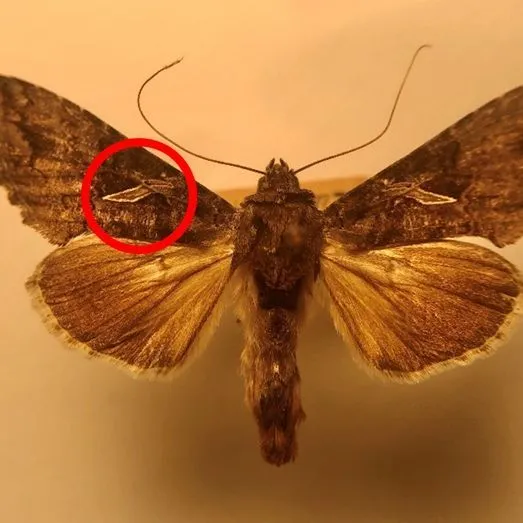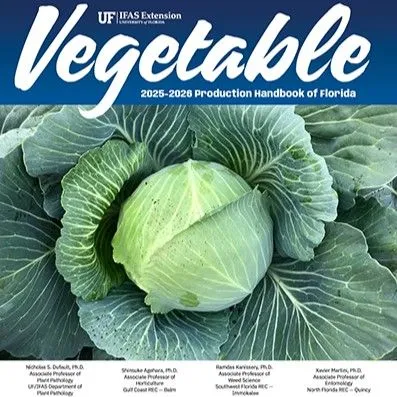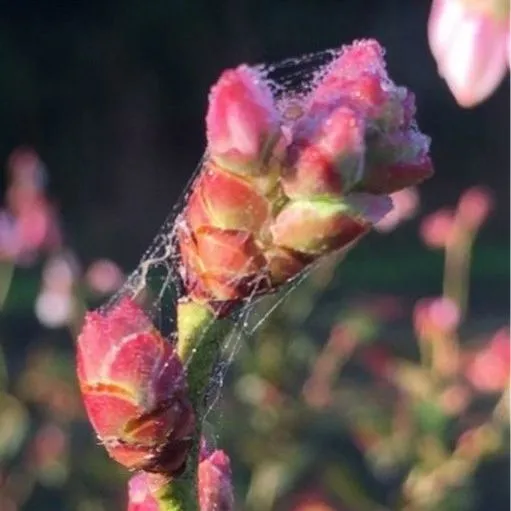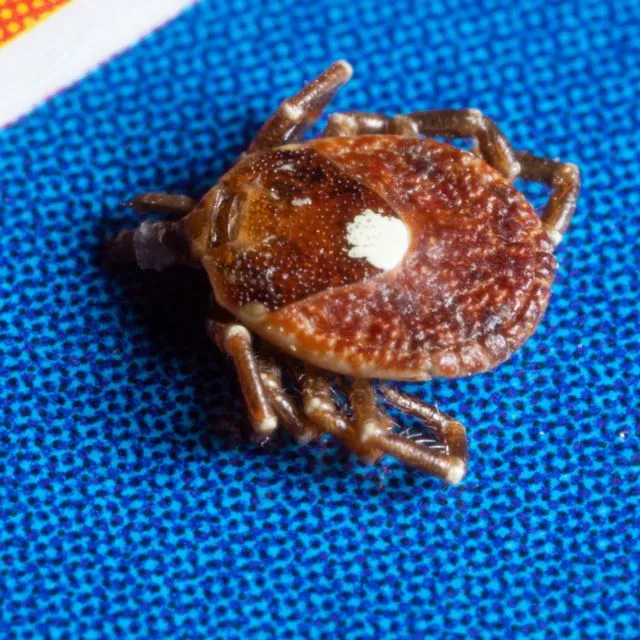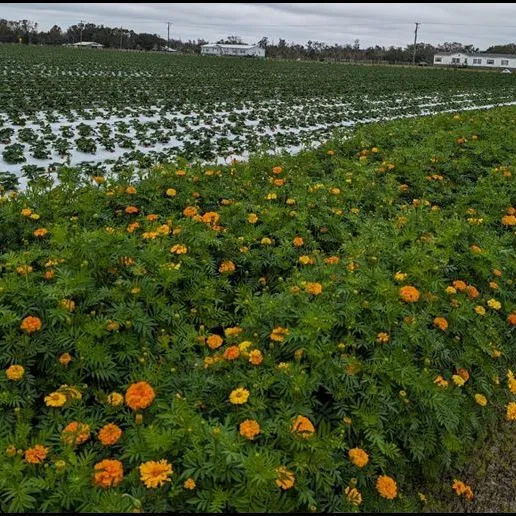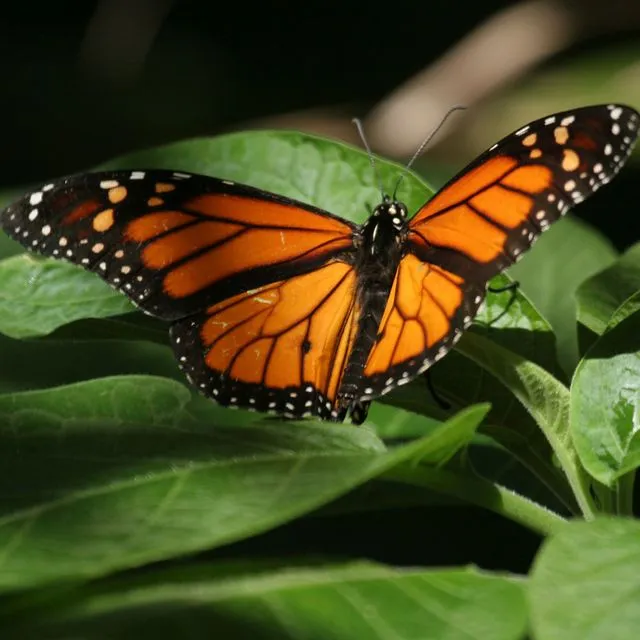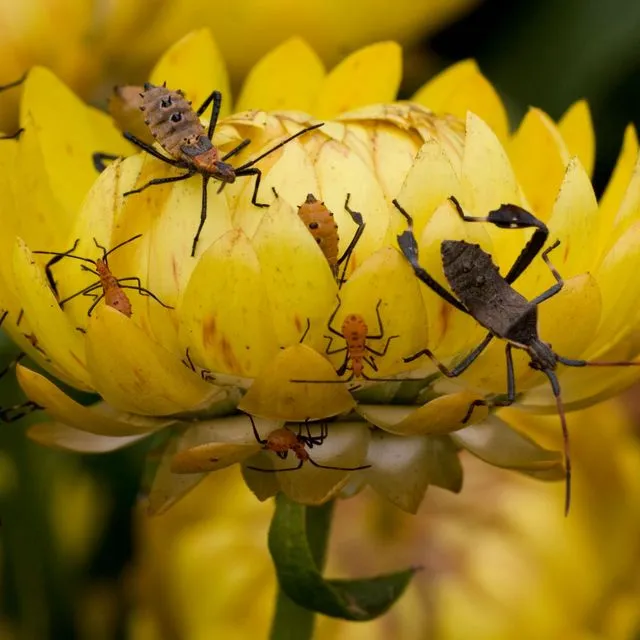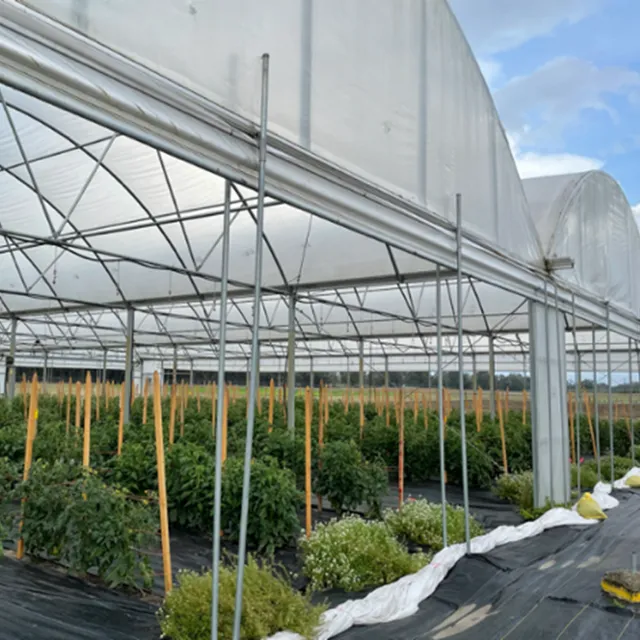Integrated Pest Management
Available Languages:
English
A pest management strategy using a systematic approach in which pest populations are monitored to determine if and when control methods are required. Integrated pest management (IPM) uses biological, chemical, physical, cultural and/or genetic control methods in order to minimize pesticide use, reduce production costs, and protect the environment. [NALT]
Integrated pest management is the careful consideration of all available pest control techniques and subsequent integration of appropriate measures that discourage the development of pest populations and keep pesticides and other interventions to levels that are economically justified and reduce or minimize risks to human and animal health and/or the environment. [AGROVOC]
Publications
Showing 16 of 16 Publications
